New step forward in China's nuclear power industry
China has launched its first third-generation nuclear reactor, a technological innovation that could provide clean and efficient energy to millions of homes, according to energy news site CPG.
Notably, another technological milestone achieved by China was that the Hualong One nuclear reactor, located at the Zhangzhou nuclear power plant in Fujian province, was connected to the grid and operated successfully for 168 hours.
The achievement has cemented China's position, putting the country at the forefront of deploying third-generation nuclear reactors, a technology that is safer, more efficient and more reliable than previous versions.
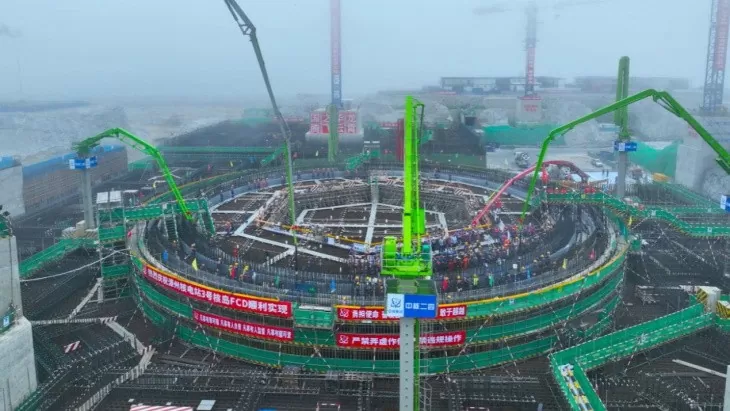 |
| Image of the moment the first concrete was poured for the foundation of Unit 3 in Zhangzhou. Photo: CNNC |
Hualong One represents an evolution in the nuclear industry. While most operating plants globally use second-generation reactors, the transition to third-generation is a strategic move to improve safety and energy efficiency. China, with more than 30 Hualong reactors in operation or under construction, is at the forefront of this trend.
According to China National Nuclear Corporation (CNNC), the number of Hualong One units in operation and under construction has reached 33, becoming the most deployed third-generation nuclear technology in the world.
Clean energy is a strategic goal
Since 2020, China has been pursuing an ambitious goal of achieving carbon neutrality by 2060. In this context, the Hualong reactor plays an important role in reducing dependence on fossil fuels such as coal. One Hualong One reactor can reduce 8.16 million tons of CO2 emissions and save 3.12 million tons of coal per year.
The Zhangzhou complex is very important to China. With a total of 6 planned reactors, it will be the world's largest Hualong One nuclear power plant. When fully operational, the plant will be able to meet the electricity needs of about 6 million people.
The first reactor is already operational and the second is expected to start operating in 2025. The project has a budget of $14 billion and is considered one of the most ambitious in the global nuclear sector. Ownership of the project is split between CNNC, which holds a 51% stake, and China Guodian Group, which holds a 49% stake.
Mr. Ngo Nguyen Minh, Chairman of Zhangzhou Energy Company, commented that this success not only affirms the reliability of Chinese technology but also opens up great potential in clean energy development.
In addition to generating electricity, Hualong 1 also offers the potential for comprehensive nuclear energy use, including providing green steam for the local petrochemical industry. The integration of clean electricity and clean industrial steam in the future will promote sustainable production and improve quality of life.
Economically, Hualong 1 has an equipment localization rate of over 90%, helping each exported unit generate production value of up to 30 billion yuan (about 4.1 billion USD). At the same time, this project has attracted the participation of about 5,000 companies in the field of equipment supply, improving the production capacity and technical level of enterprises.
China's Nuclear Reactors: Global Impact and Future Prospects
China’s progress in nuclear not only cements its position as a technological powerhouse, but also signals changes in the global energy landscape. The transition to safer and cleaner technology is a priority for many countries, and China could be a role model.
The expansion of the Hualong One reactor is a concrete step towards sustainability. In addition to meeting growing energy needs, reducing carbon emissions reinforces the commitment to a more sustainable future.
While the US still leads in total nuclear capacity, China is betting on the future with cutting-edge technologies. Its rapid deployment of third-generation reactors could eventually catapult the country into a global leader in both innovation and installed capacity. The connection of the first Hualong One reactor in Zhangzhou is just the beginning of a larger and more ambitious project.
With continued progress, China is proving that it is ready to shape the future of nuclear energy.
Overview of world nuclear power
While China has made significant progress, the United States remains the leader in nuclear power generation. In 2023, the United States generated more than 779,000 gigawatt-hours (GWh) of nuclear power, nearly double China's output of 406,484 GWh over the same period.
In terms of infrastructure, the US has 94 operating reactors, while China has 56. However, most US reactors were built between 1970 and 1990, meaning many still use second-generation technology.
In contrast, Japan was the first country to inaugurate a third-generation reactor in 1996, marking the beginning of this technological evolution.
In China’s case, CNNC claims that 33 reactors are operating or under construction using Hualong One technology. Some of these reactors are located outside the country, such as in Pakistan. This reflects China’s strategy of not only expanding its domestic capacity but also exporting advanced technology.





![[Photo] Prime Minister Pham Minh Chinh and Brazilian President Luiz Inácio Lula da Silva attend the Vietnam-Brazil Economic Forum](https://vstatic.vietnam.vn/vietnam/resource/IMAGE/2025/3/29/f3fd11b0421949878011a8f5da318635)
![[Photo] Dong Ho Paintings - Old Styles Tell Modern Stories](https://vstatic.vietnam.vn/vietnam/resource/IMAGE/2025/3/29/317613ad8519462488572377727dda93)
![[Photo] Prime Minister Pham Minh Chinh chairs meeting to urge highway projects](https://vstatic.vietnam.vn/vietnam/resource/IMAGE/2025/3/29/6a3e175f69ea45f8bfc3c272cde3e27a)
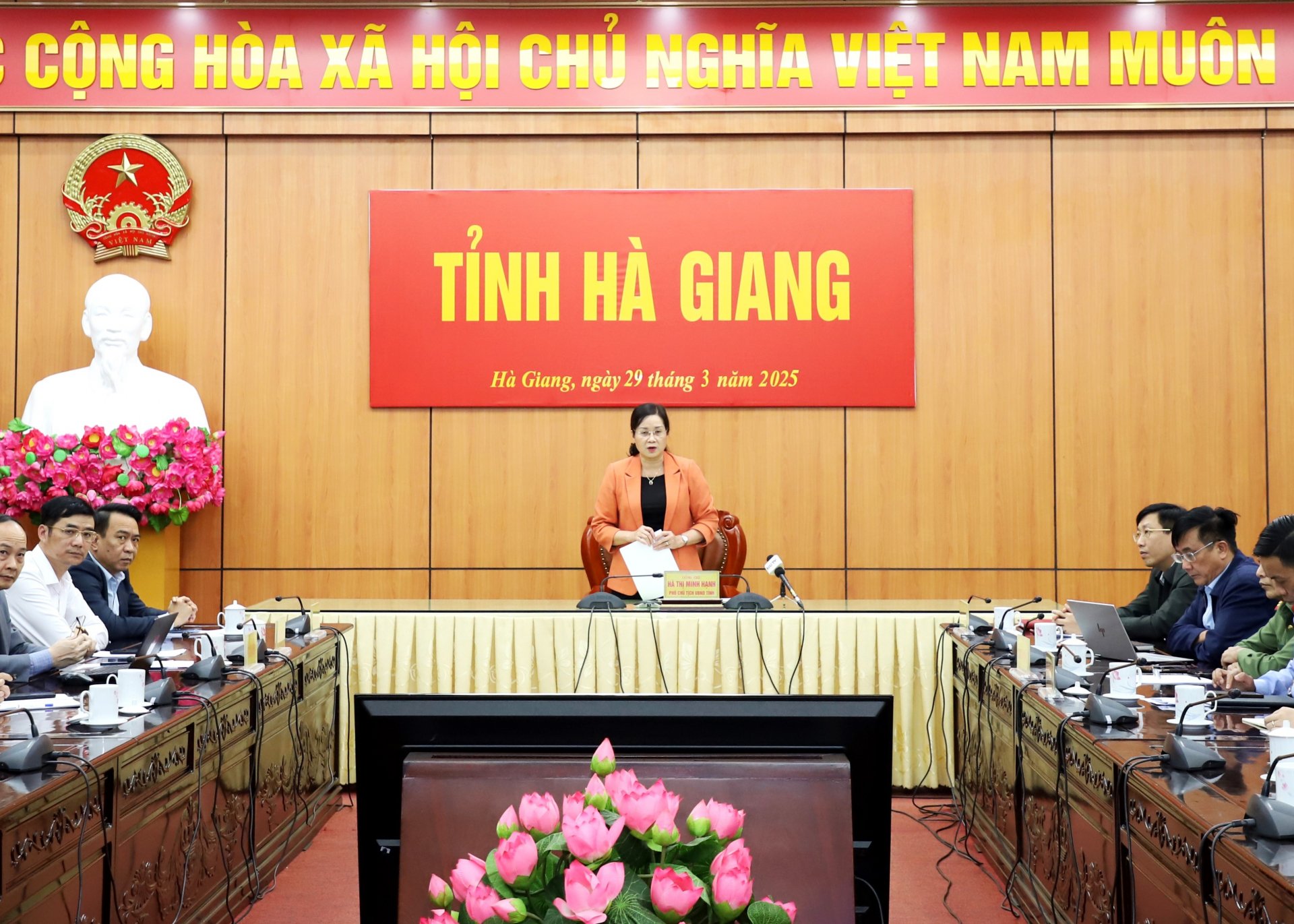






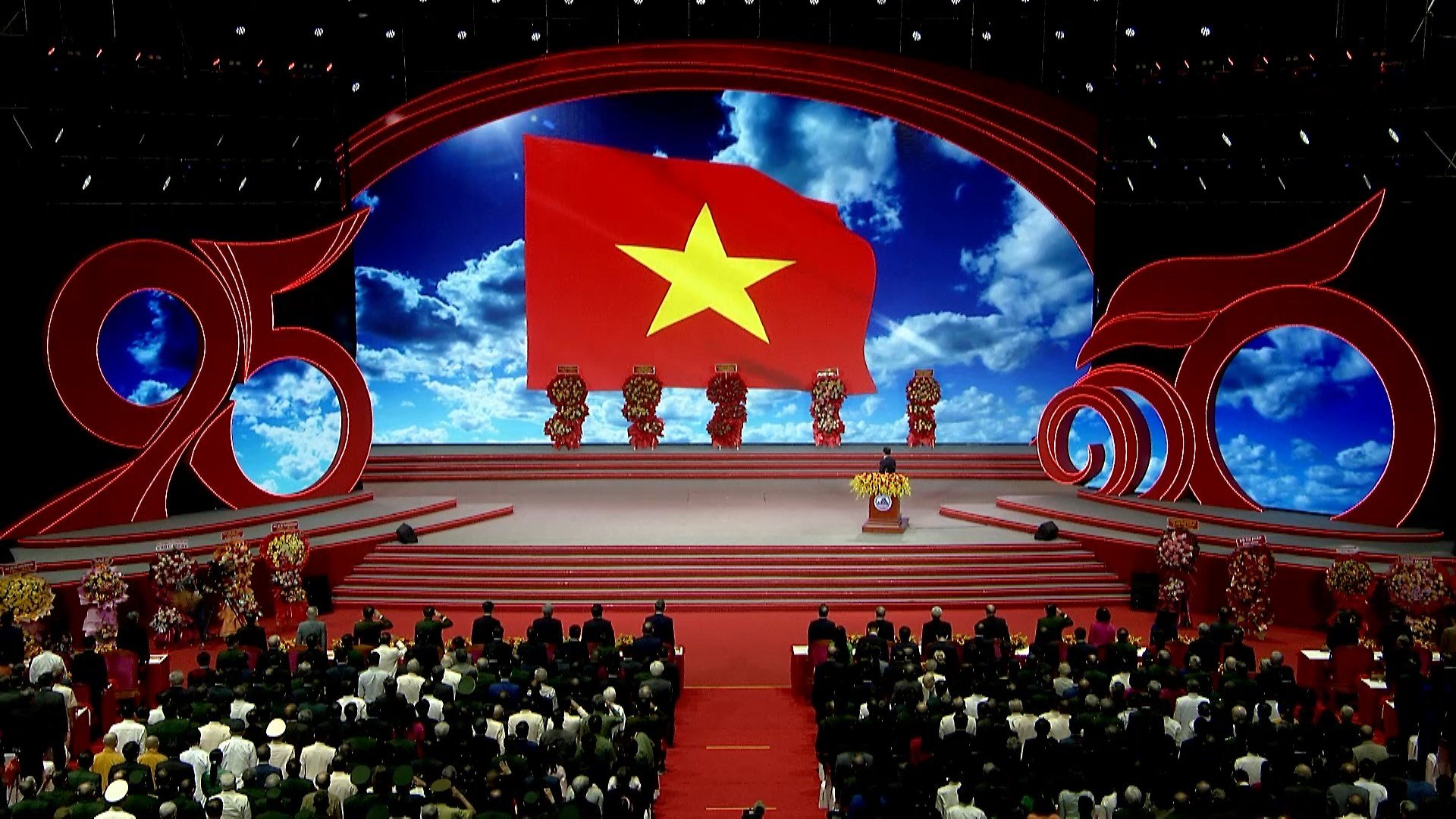

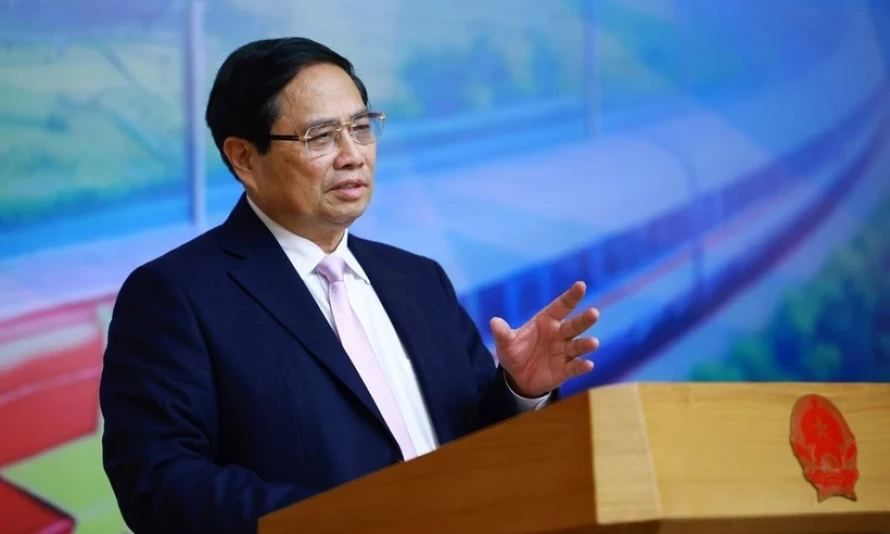


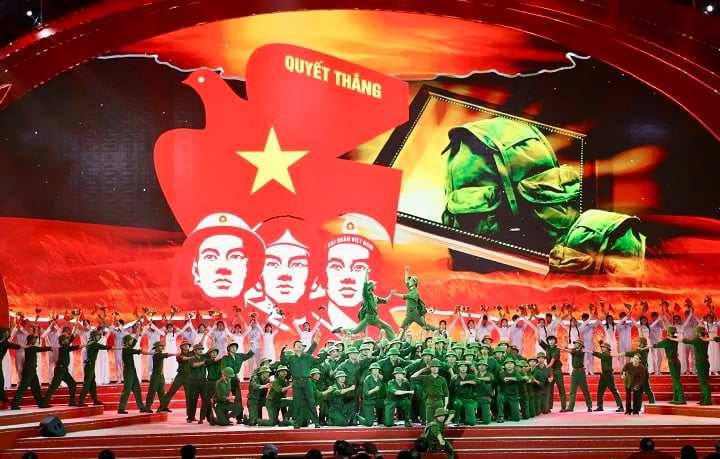




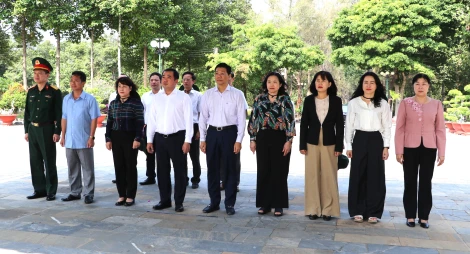

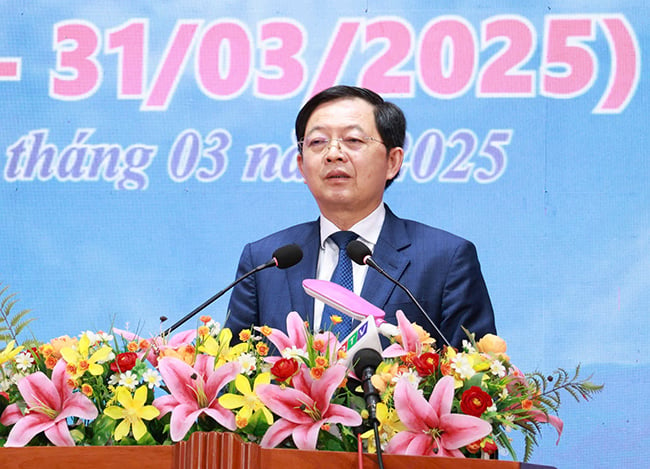
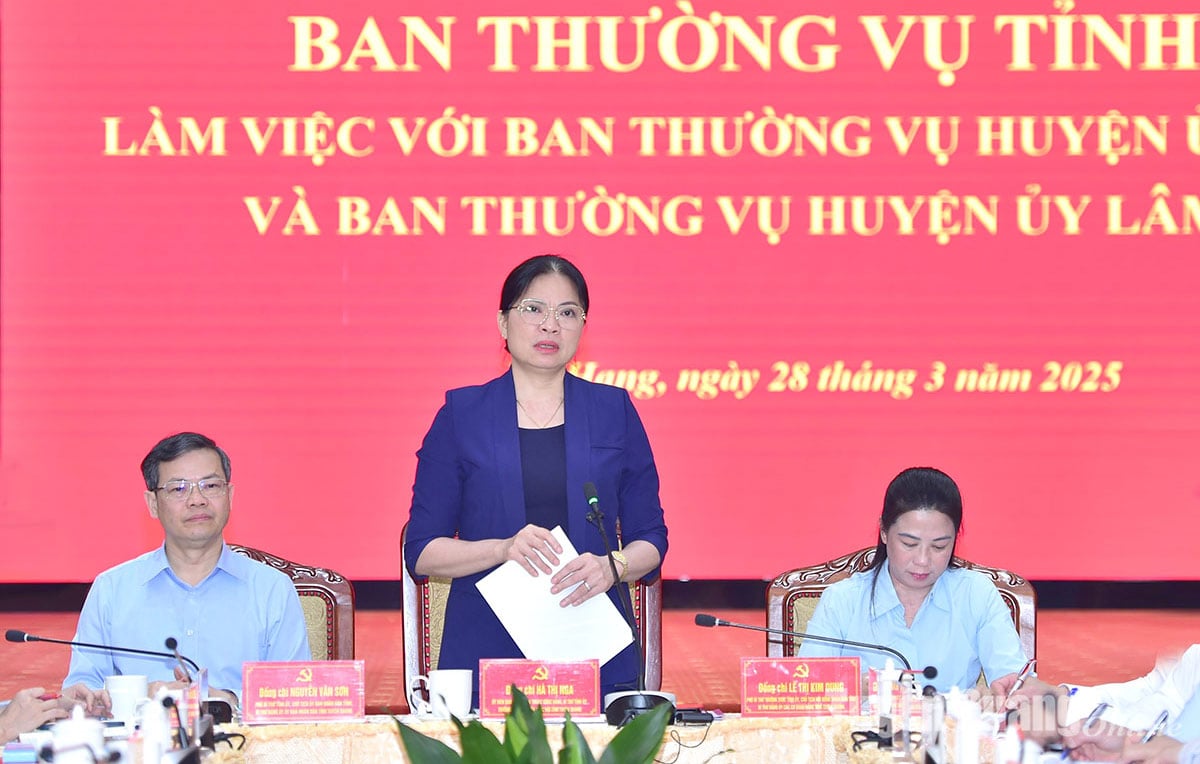






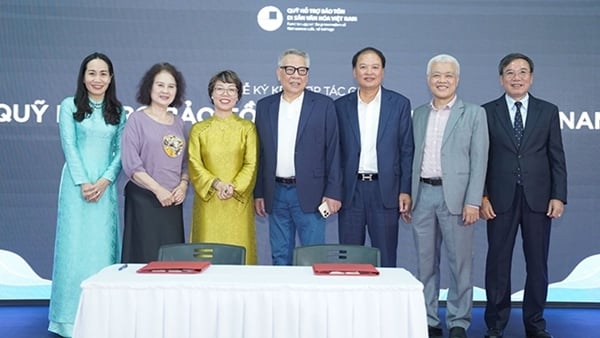























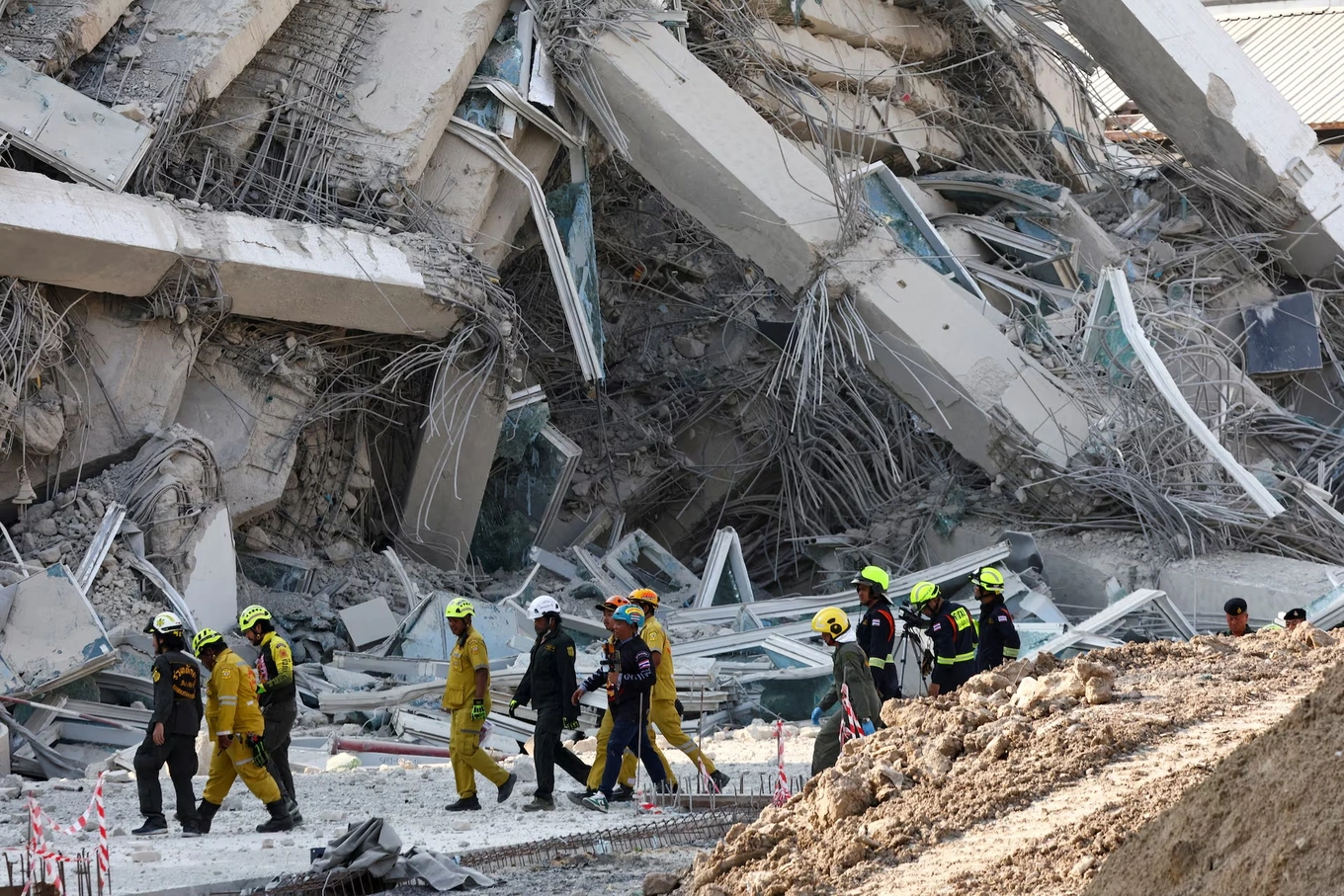



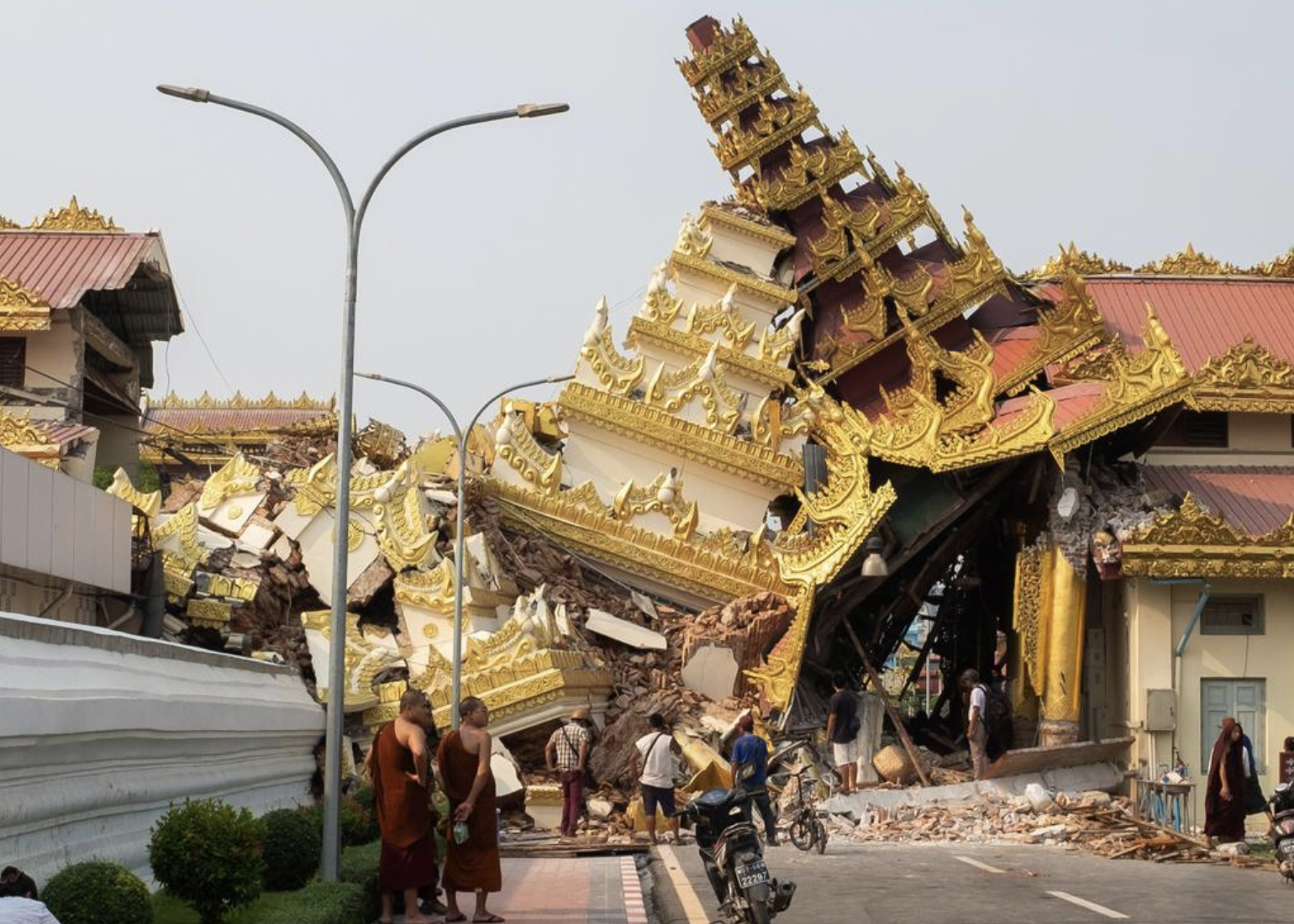
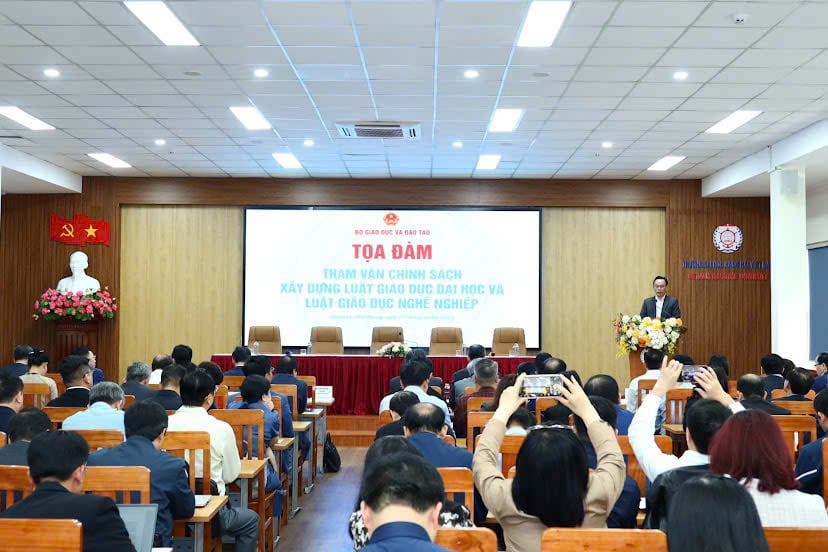















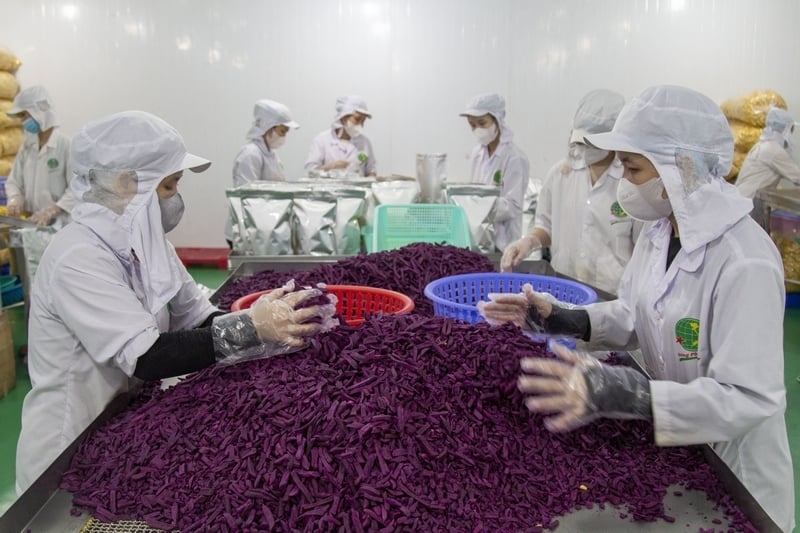






Comment (0)